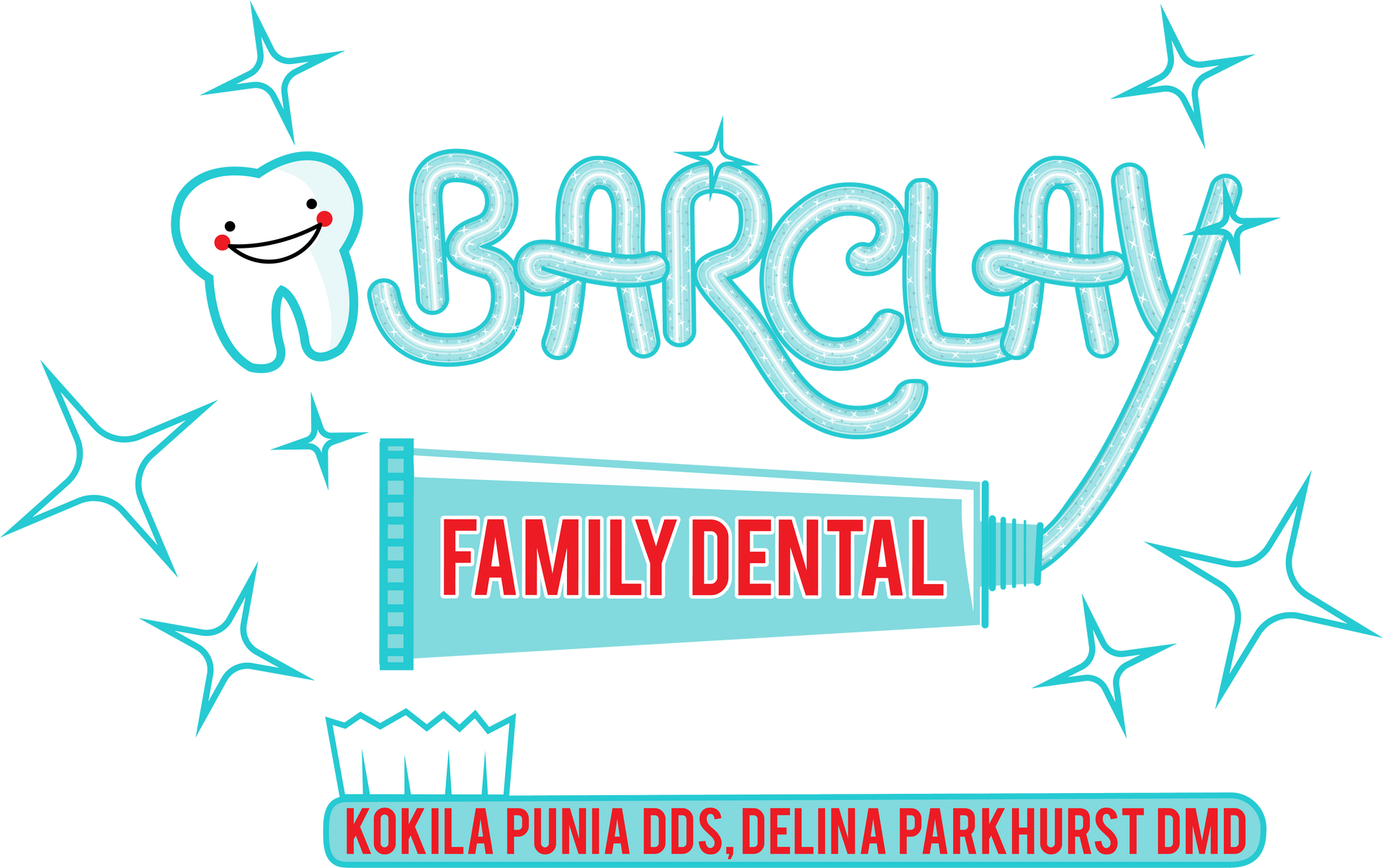Recovering from a Root Canal? What to Eat and What to Avoid
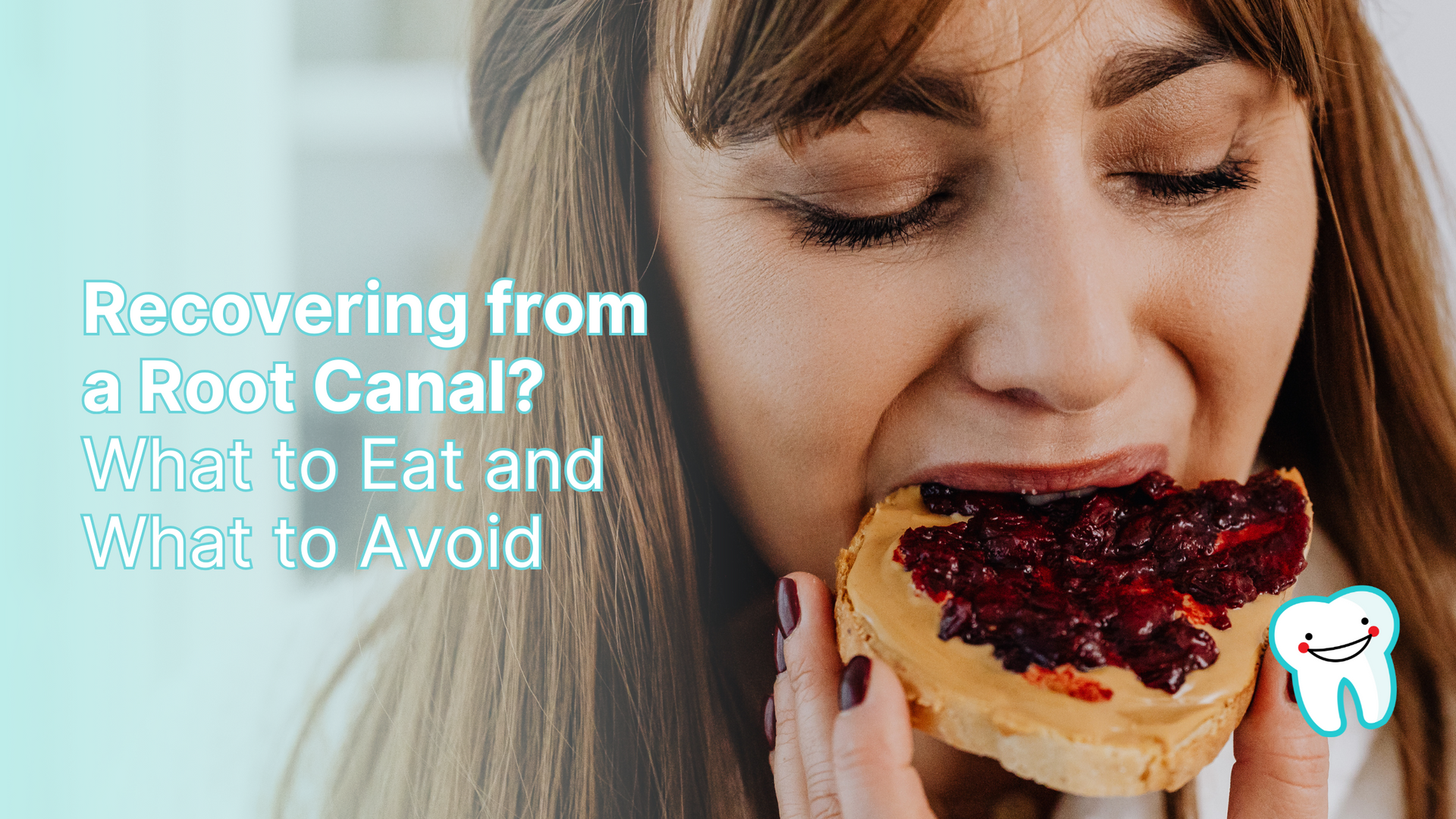
Source: Dr. Marketing
At Barclay Family Dental in Cherry Hill, we understand that recovery is just as important as the treatment itself. A root canal may resolve infection or inflammation deep inside a tooth, but what happens after the appointment matters greatly for healing, comfort, and long-term results.
One of the most common questions we receive is: “What can I eat after my root canal?” Choosing the right foods can reduce discomfort, support tissue healing, and protect the treated tooth from stress. In this post, we will guide you through what to eat, what to avoid, and how to reintroduce normal meals—all based on how the healing process naturally progresses.
Why Your Diet Matters After a Root Canal

A root canal removes infected pulp from inside the tooth, relieves discomfort, and seals the tooth to protect it. In many cases, a temporary filling or crown is placed initially, followed by a permanent one at a later visit. During the days that follow, the treated tooth and surrounding tissues can remain sensitive.
Eating the wrong kinds of food during this time—such as something sticky, crunchy, or too hot—can irritate the area or even compromise a temporary restoration. By starting with gentle foods and gradually working back to a regular diet, you allow the body to heal in the most comfortable and effective way.
The First 48 Hours: Soft, Smooth, and Safe
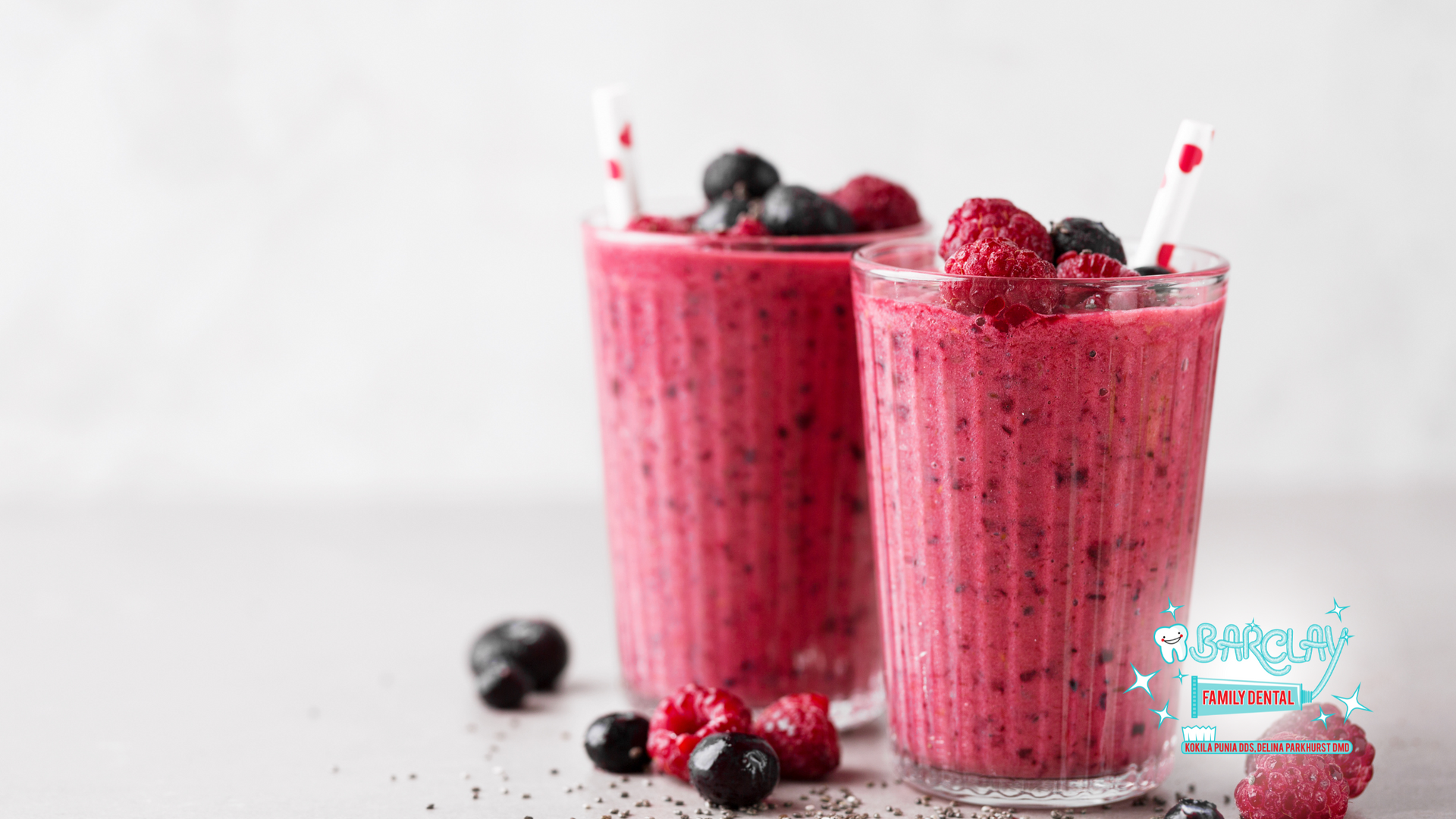
For the first two days, the goal is to protect the treated tooth from pressure, avoid irritating the surrounding gum tissue, and prevent dislodging any temporary material. Soft, mild foods are ideal because they require little to no chewing and minimize contact with the affected area. Here are great options to include during this early healing phase:
- Mashed potatoes or steamed, mashed vegetables
- Applesauce and mashed bananas
- Smoothies (without seeds or crunchy toppings)
- Yogurt (plain or low-sugar)
- Oatmeal, grits, or cream of wheat
- Lukewarm blended soups
- Scrambled eggs or soft-boiled eggs
- Cottage cheese or tofu
- Soft pasta or well-cooked noodles
We recommend eating smaller meals more frequently and chewing on the side opposite the treated tooth. Allow all foods to cool before eating to avoid triggering sensitivity.
What to Avoid After a Root Canal—and Why
Knowing what not to eat is just as important as knowing what is safe. Certain textures, temperatures, or ingredients can increase discomfort or interfere with healing. Foods to avoid during the first few days:
- Sticky or chewy foods: Items like taffy, gum, and dried fruits can cling to temporary fillings or put strain on the healing tooth.
- Crunchy or hard foods: Popcorn, chips, nuts, hard bread, and raw vegetables can apply pressure and potentially crack a compromised tooth.
- Very hot or very cold foods: Extreme temperatures can trigger sensitivity or pain. Let hot items cool before eating, and skip iced drinks or frozen treats.
- Spicy dishes: Chili peppers, hot sauces, or heavily spiced meals can irritate gum tissue near the treated tooth.
- Citrus and acidic foods: Oranges, lemons, tomatoes, and vinegar can cause discomfort and may slow healing if tissues are inflamed.
- Sugary snacks and beverages: Candy, soda, and desserts contribute to bacterial growth, which is not ideal for post-procedure care.
At Barclay Family Dental in Cherry Hill, we encourage patients to prioritize healing by sticking to foods that are gentle and non-reactive for the first several days. This helps reduce inflammation and creates a calm environment for tissue repair.
Transitioning Back to Normal: Day Three and Beyond
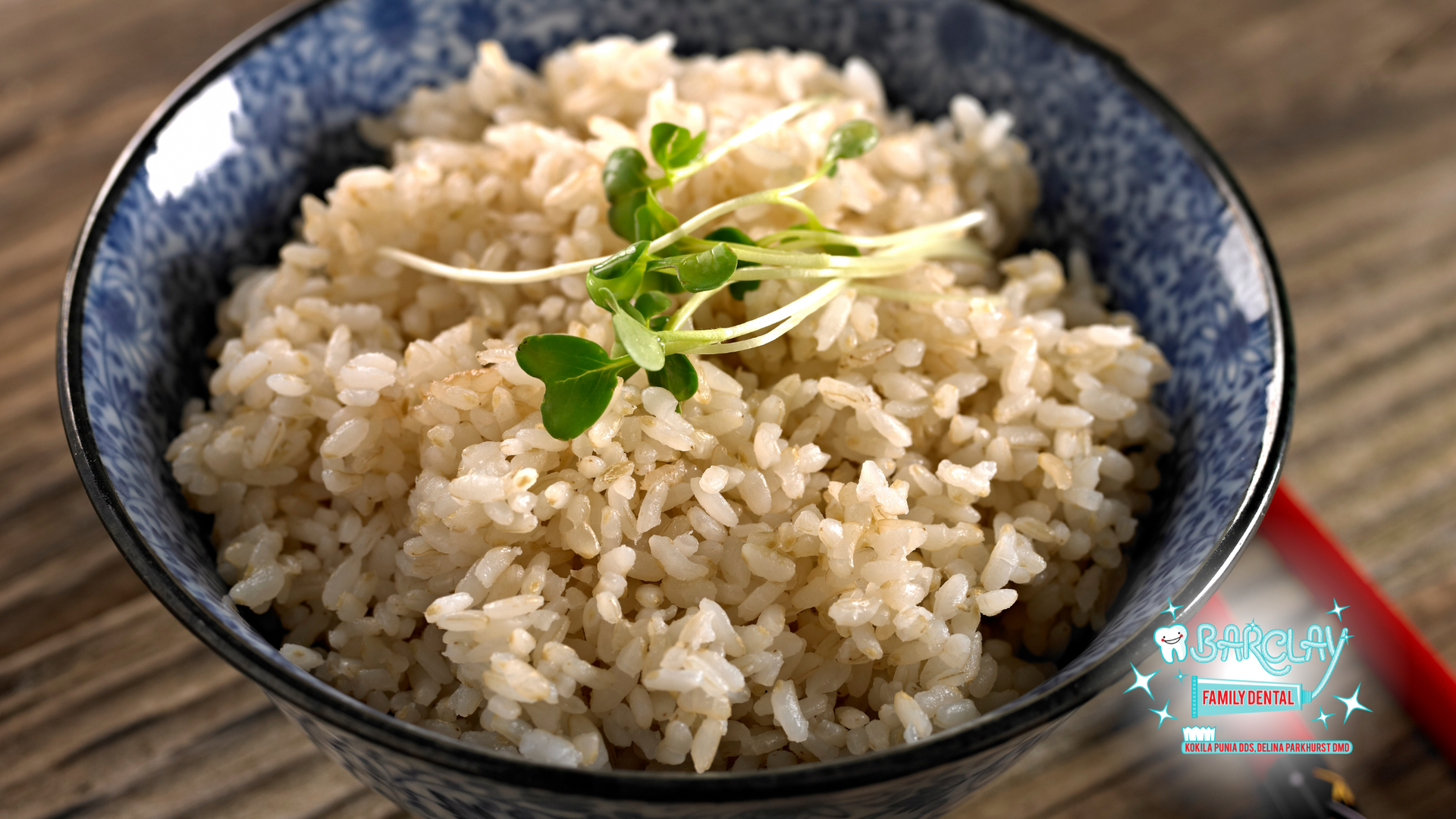
By the third or fourth day, most patients begin to notice less sensitivity and more comfort when chewing. At this point, it is usually safe to start reintroducing foods that require a little more effort—while still being mindful not to overdo it. Instead of jumping straight to your regular diet, try working your way up:
- Add in cooked rice, soft bread, and tender pasta
- Try steamed vegetables like green beans or squash
- Enjoy shredded chicken or soft fish in small pieces
- Mix in eggs, cottage cheese, or soft lentils for protein
- Choose fruits like ripe avocado, peeled peaches, or soft melon
Continue chewing on the opposite side of the mouth if a permanent crown has not yet been placed. Once your final restoration is complete, and our dentist has confirmed the tooth is fully stable, it is generally safe to return to your full diet.
Hydration Is Key—But Skip the Straws

In the days following your root canal, staying hydrated plays an essential role in healing. Fluids help maintain tissue health, support saliva production, and reduce inflammation. Water is always the best choice. However, it is important to avoid using straws during recovery. The suction created by straw use can disturb a temporary filling or increase pressure near the treated area. Tips for safe hydration:
- Drink room temperature water regularly
- Avoid carbonated beverages, which can irritate healing tissues
- Say no to straws—sip from a glass or bottle instead
- Choose soothing options like lukewarm chamomile tea or coconut water
Hydration may seem like a small part of the healing process, but it supports the body’s natural repair mechanisms and helps prevent dry mouth, which can worsen irritation.
Supporting Healing Beyond Food
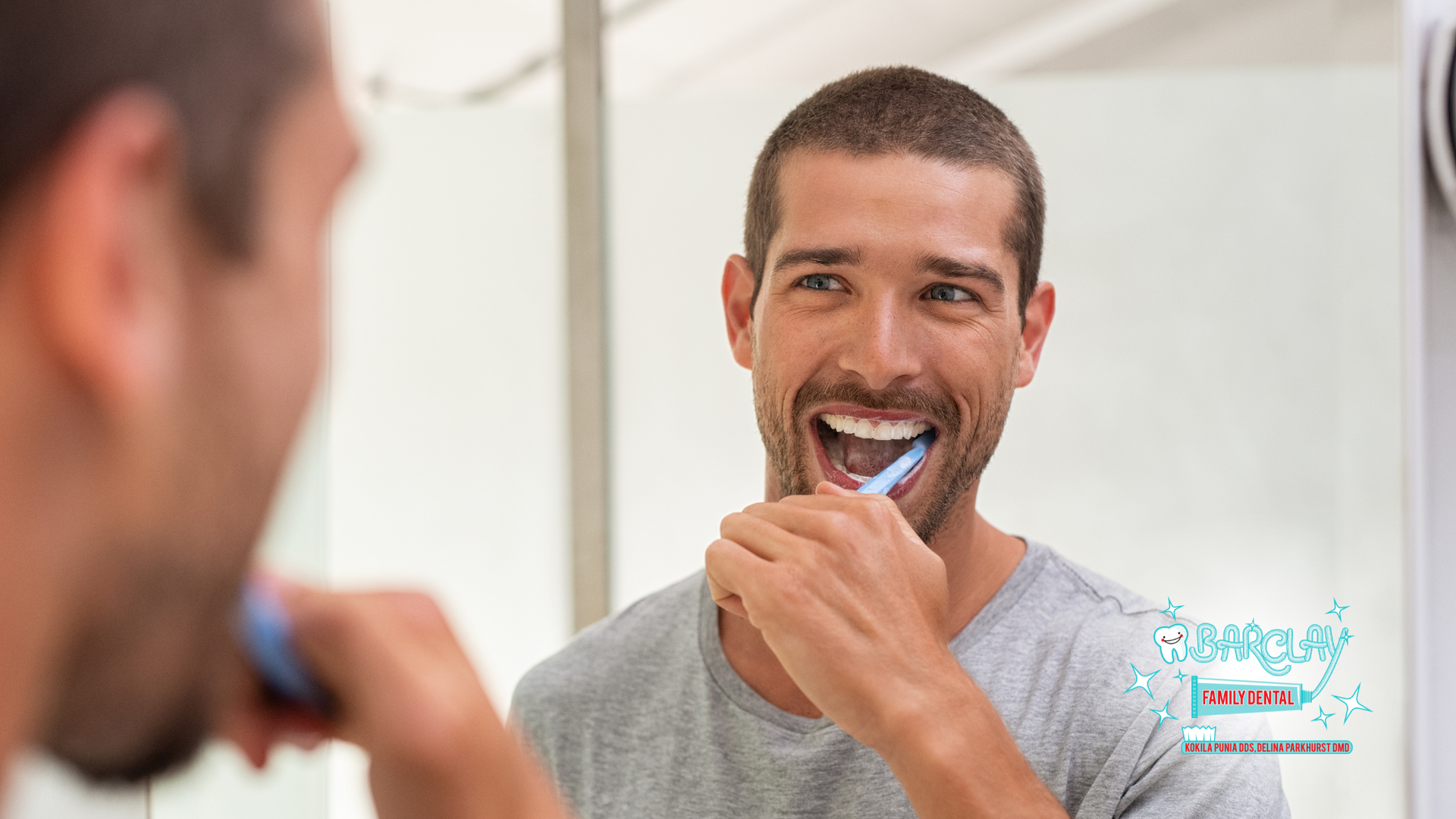
Recovery after a root canal depends on more than diet alone. Lifestyle choices and daily habits can also support—or slow—healing. At Barclay Family Dental in Cherry Hill, we guide patients through every aspect of the post-treatment period to ensure nothing is overlooked. To protect your treatment and support a healthy recovery:
- Follow our dentist’s instructions carefully regarding hygiene and care
- Brush gently around the treated area, using a soft-bristled brush
- Avoid smoking or vaping, as they can delay healing and increase risks
- Get adequate rest, which supports tissue regeneration
- Watch for unusual symptoms such as severe pain, swelling, or fever
Our team is available to answer questions or schedule follow-ups as needed. Whether you are healing from your first root canal or completing the final crown, we make sure you are supported every step of the way.
Signs to Call Our Office

Although root canals have a high success rate, it is important to stay alert to anything that feels unusual during the healing process. While mild sensitivity is normal, certain symptoms require professional attention. Reach out to our team if you experience:
- Throbbing discomfort that worsens rather than improves
- A loose or dislodged temporary filling
- Swelling near the jaw or face
- Sharp pain while chewing, even with soft food
- Sensitivity that lasts longer than expected
At Barclay Family Dental in Cherry Hill, our priority is making sure the treated tooth remains strong, functional, and protected. If you are unsure whether something is normal, we would rather have you check in than wait and risk complications.
Final Thoughts: Eating for Comfort, Healing, and Long-Term Health

After a root canal, the body begins a process of gentle repair—and food can either support that process or slow it down. By focusing on soft, easy-to-chew meals that are not too hot or sticky, you give your treated tooth the best chance at healing quickly and without complications.
Every step, from choosing the right food to staying hydrated, makes a difference in your comfort and recovery timeline. At Barclay Family Dental in Cherry Hill, we guide each patient with personalized aftercare, so they know exactly what to expect—and what to do next.
Whether you are preparing for your upcoming root canal or managing the first days after treatment, our dental team is here to help make the experience simple and positive. We proudly support patients throughout Cherry Hill and surrounding communities with restorative dental care that prioritizes health and comfort.


